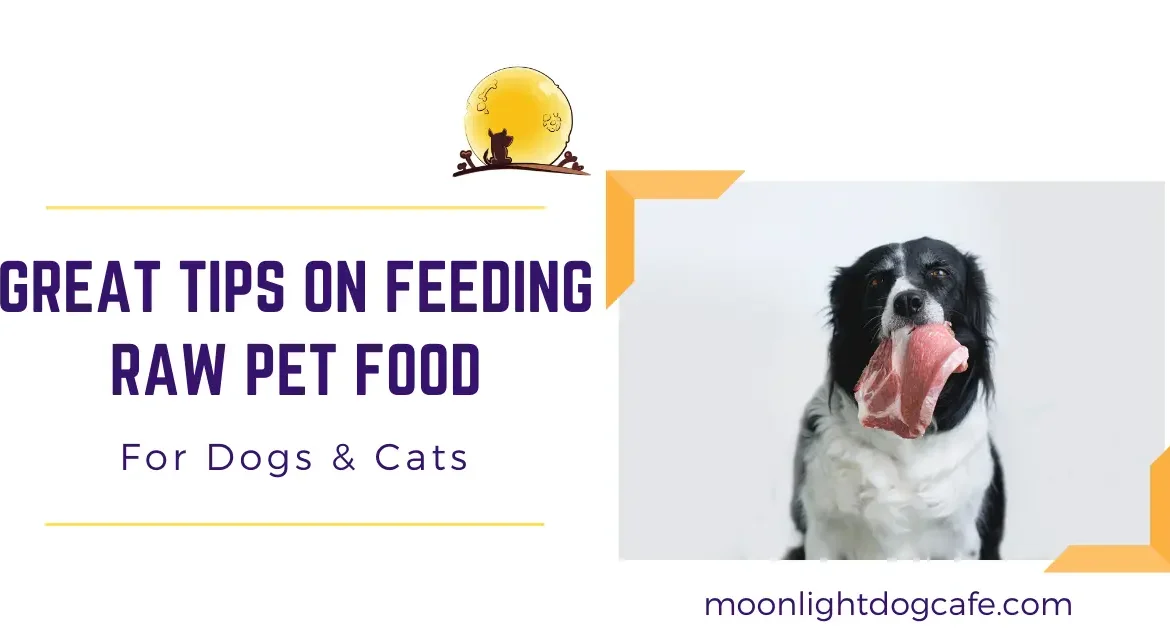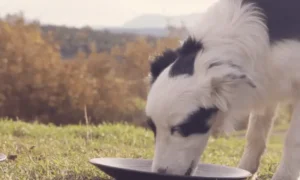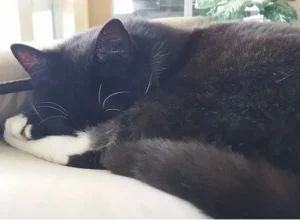
A Vet’s Perspective on Feeding Raw Pet Food Diets for Dogs & Cats
Vet perspective: My first encounter with raw pet food diets
There is a lot of confusion about raw pet food diets. Several decades ago when I was just a student at Vet School (yes I am that old, but don’t tell anyone), I remember seeing the result of feeding an imbalanced raw meat diet. What I saw gave me nightmares for years afterward, it was the worst case of Osteomalacia I had ever seen. A breeder with the best of intentions to ‘raw feed her cats’, had fed her beautiful pure Main Coons a completely imbalanced diet of only red meat as their only source of food. I mean only. No bones, No vitamins, No supplements. Nada. Zip.
These poor kitties had no source of Calcium to offset the high amount of Phosphorus they were consuming in their all meat diets. The result? The bones of these cats were leached of Calcium to make up for the deficiency in the diet. These cats could not stand, could not walk and their bones felt like rubber. It was like a horrific version of Gumby. I cried as I had to put all these beautiful cats to sleep. Their bones were too far damaged to recover. What a waste of incredible beauty and life.
What do I think of raw pet food diets?

Did this experience make me wary of feeding raw pet food diets? Yes absolutely! I shunned away from raw fed diets for many years as a Conventional Veterinarian. However, after some time, I began to see the benefit of feeding raw. And how well it worked to heal the health of dogs and cats.
In my opinion, raw fed diets are the healthiest option for our pets but (and this is a BIG but) they MUST be balanced. This means meat, bones, organ meat (heart/liver/spleen) AND veggies/fruits. While the meat and bones provide minerals for your pet, veggies/fruits are essential to provide vitamins and trace minerals which are not available otherwise. Dogs are carnivores with “omnivorous” tendencies, but not true carnivores like cats. They do require vegetables/fruits as source of nutrients in their diet. Because of the short digestive tract of both dogs and cats, these vegetables must be pre-digested or very easy to digest. (Think of the wolf eating the stomach of its prey, full of pre-digested grasses, leaves, berries etc).
Simple ways to do this is to blenderize raw veggies/fruits or to steam and mash them, before adding them to your dog or cat’s raw diet. For dogs, this veggie/fruit portion should not exceed 25% of the diet. More than this can cause bladder crystals/stones by making the body too alkaline (dogs are meant to be acidic).
What about cats?
Cats are true carnivores but if you watch a cat eat a mouse or bird, you will again see that it eats the whole prey, including the stomach of the mouse/bird. Veggies/fruits can be limited to 10% of the diet for cats, along with meat, bones and organ meats.

Cats are not able to produce their own Taurine, an essential nutrient, so Taurine must be added to their diet in the way of heart muscle. Lack of Taurine in a cats diet will lead to blindness.
For dogs and cats, those veggies with high glycemic index like carrots, beets and potatoes, should not be fed in high amounts.


